10 Ways to Give a Better Lecture
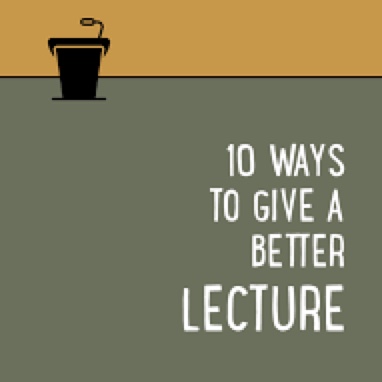
Mostly due to overuse and poor execution, lecturing has come to be frowned upon in modern teaching. However, if done well, a lecture can be an extremely effective tool. Here’s how to make your lectures better.
Exit Tickets
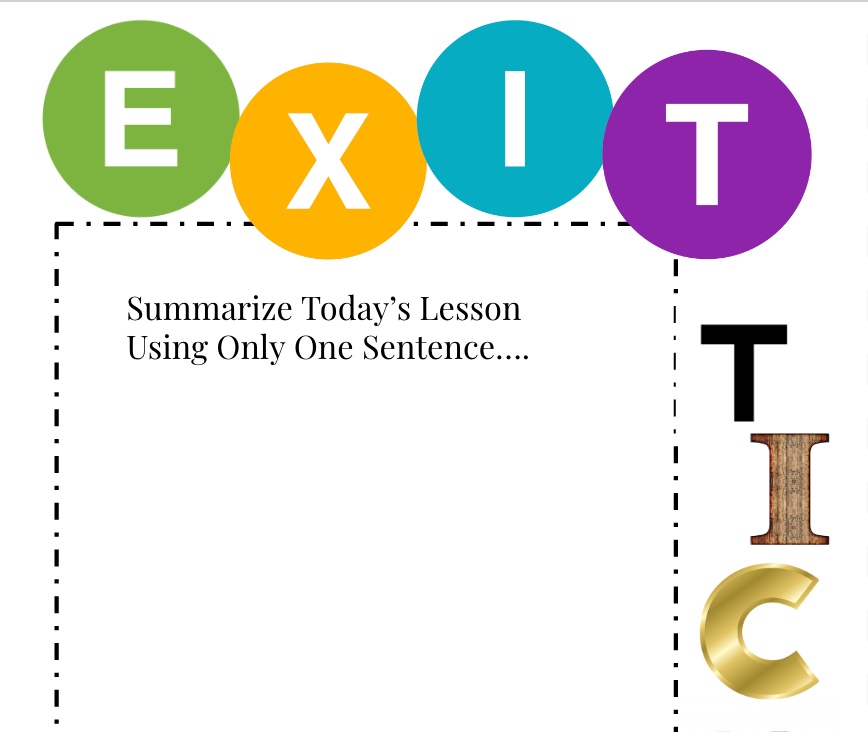
Exit tickets collect feedback on students’ understanding at the end of a class and provide the students with an opportunity to reflect on what they have learned. They can be helpful in prompting students to begin to synthesize and integrate the information gained during a class period.
Station Rotations
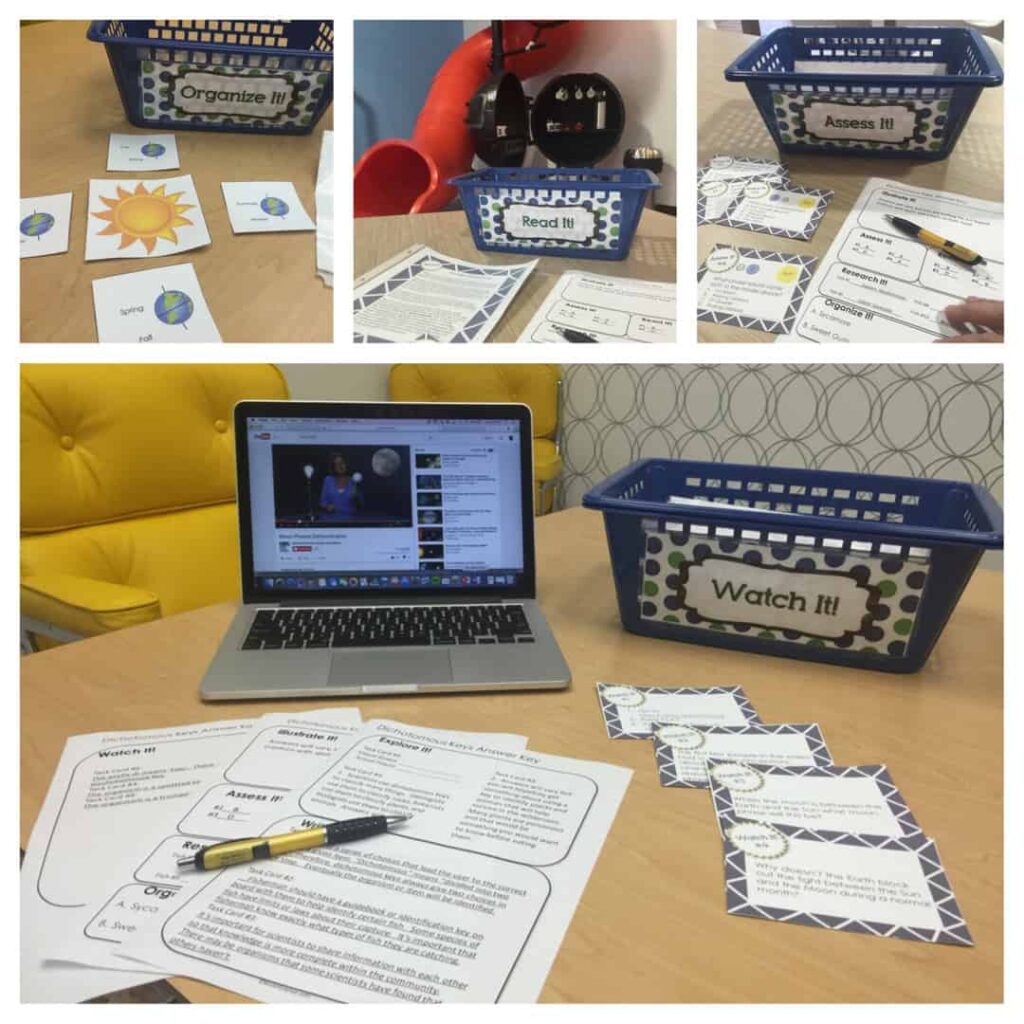
The Station Rotations Model is essentially the secondary version of Learning Centers, which are commonly used in elementary classrooms. Almost any lesson in any content area can be turned into a stations activity. Stations do require more prep than a lot of other activities, but once you’re set up, the lesson takes care of itself…
Nearpod 101 (It’s Not Just for Distance Learning!)
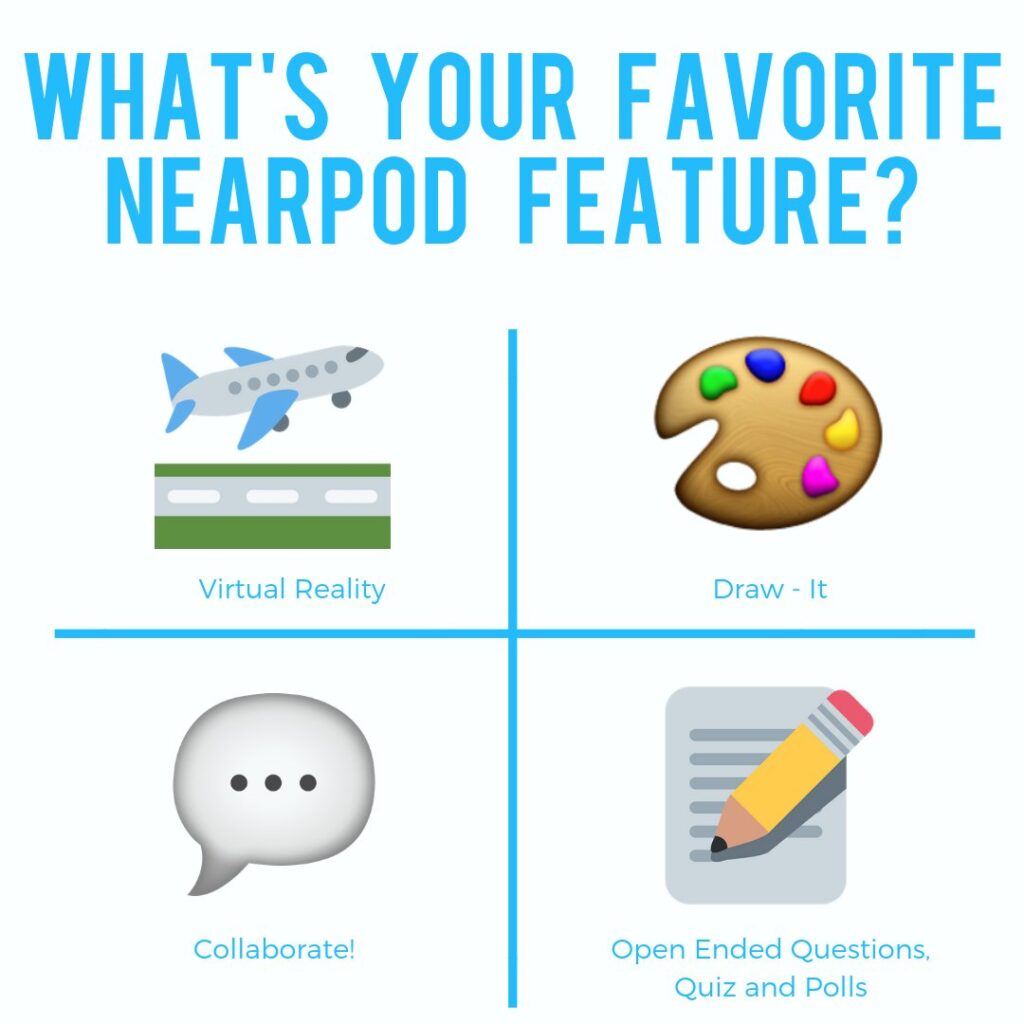
The premium version of Nearpod is now FREE for PUHSD teachers! If you’ve never heard of Nearpod or thought it was just for distance learning, come check out its collection of content and activity features…
Thin Slides EduProtocol

In this EduProtocol, students are provided a word and asked to create a slide with the word, a definition, and a picture in 3 minutes or less. Students are given about 5-10 seconds to share and “whip around” the classroom.
Frayer-a-Thing EduProtocol
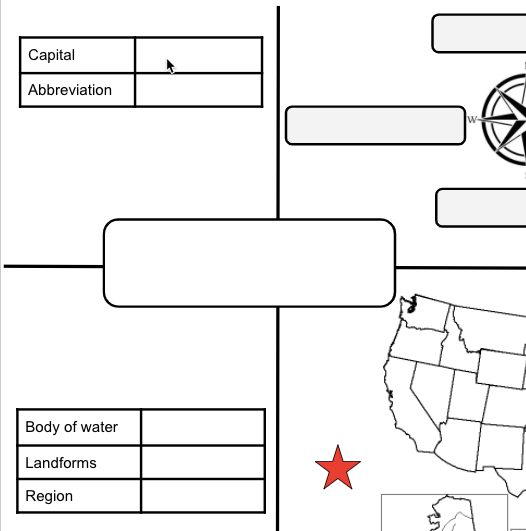
In the Frayer EduProtocol, students use a collaborative slide deck to define target vocabulary and apply their knowledge by generating examples and non-examples, giving characteristics, and/or drawing a picture to illustrate the meaning of the word.
Iron Chef EduProtocol
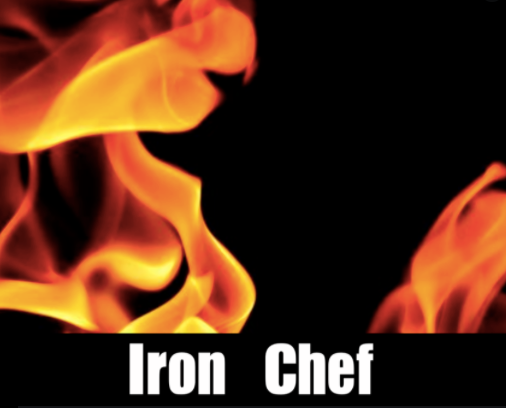
The Iron Chef EduProtocol, modeled after the Iron Chef Cooking show, is a modernized version of the jigsaw. Students work in small groups to read, synthesize create, and present to their peers.
Cyber Sandwich EduProtocol
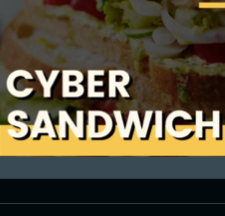
The Cyber Sandwich EduProtocol is a lesson frame in which students work in pairs or small groups to create a collaborative Venn Diagram. They record notes, compare and contrast topics, and summarize what they have read in this structured think-pair-share activity.
Virtual Station Rotation Lessons
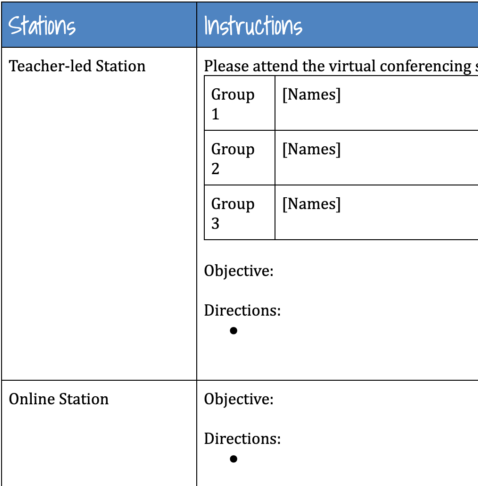
Instead of rotating physically like they would in a typical classroom, virtual station rotations have students shifting from one learning activity to the next. The beauty of the station rotation model lies in the small group dynamic, opportunities to differentiate more consistently, and increased student control over the pace at which they move through individual tasks.
4 Ted Talks to Teach Executive Functioning Skills
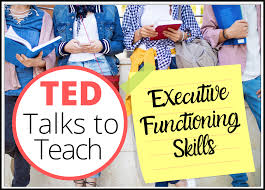
Executive functioning skills are key for our students to find success in the classroom and throughout their lives. EF skills include working memory, time management, organization, task initiation, emotional control, planning/prioritizing, and sustained persistence. Here are four engaging Ted Talks to be used in the classroom to help teach some of these much-needed skills.
Creative Ways to Use Jamboard
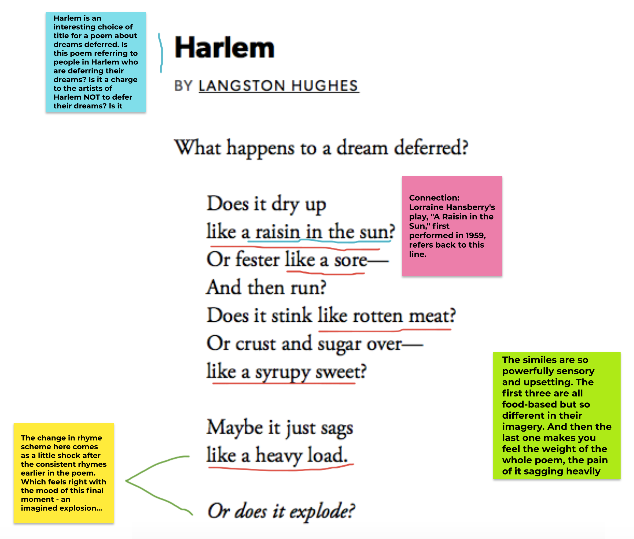
Jamboard is Google’s digital whiteboard that gives students a place to brainstorm and work collaboratively using drawing and writing tools, sticky notes, shapes, images, and more. This resource includes templates and activity ideas including annotations, photo comic strips, voting, pros and cons discussions, Top 10 Lists, and Four Corners.
Digital Bulletin Boards & Gallery Walks
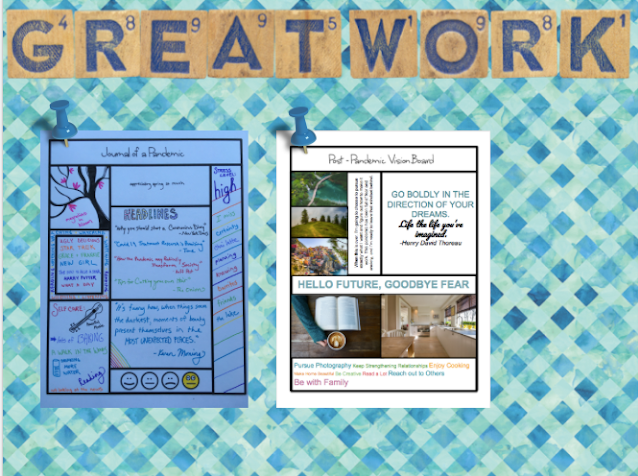
You don’t have to give up Gallery Walks just because we’re teaching online. Use this set of digital bulletin boards to display whatever you want – one-pagers, sketchnotes, vocab word wall posters. Choose your favorite color and copy the slide, or use them all.
Article of the Week
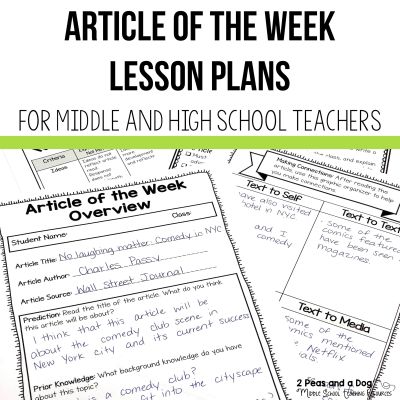
Part of the reason students struggle with reading is because they lack prior knowledge and background. They can decode the words, but the words remain meaningless without a foundation of knowledge. To help build students’ prior knowledge, try assigning an Article of the Week…
Crumple & Shoot
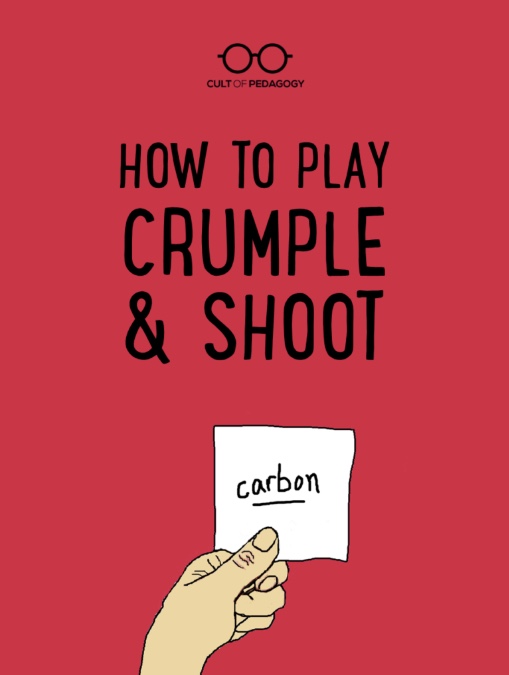
This high-energy, low-tech game can be used in any subject area and is perfect for a review.
Make it Stick
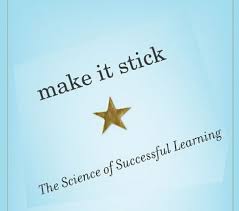
Procrastinate – Cram – Test – Forget. This is how most kids get through school. They may pass the class, but they don’t necessarily learn the material, much less remember it for any length of time. What if we could design our instruction so that the learning really stuck, so they remembered our content for years rather than just for long enough to pass the test? There is a way and it’s so simple. In this resource, you will learn how working memory and long-term memory function and how you can use the strategies of retrieval practice, spacing, interleaving, and feedback to help kids retain the content you are working so hard to teach.
Word Splash Worksheet

A word splash presents several new (and perhaps unfamiliar) vocabulary words and phrases randomly across the page. A “question box” appears at the bottom of the page. As a pre-assessment, you can ask “What do you now know about…? Answer this question using some or all of these words, making connections among them.
Close Reading Bookmarks
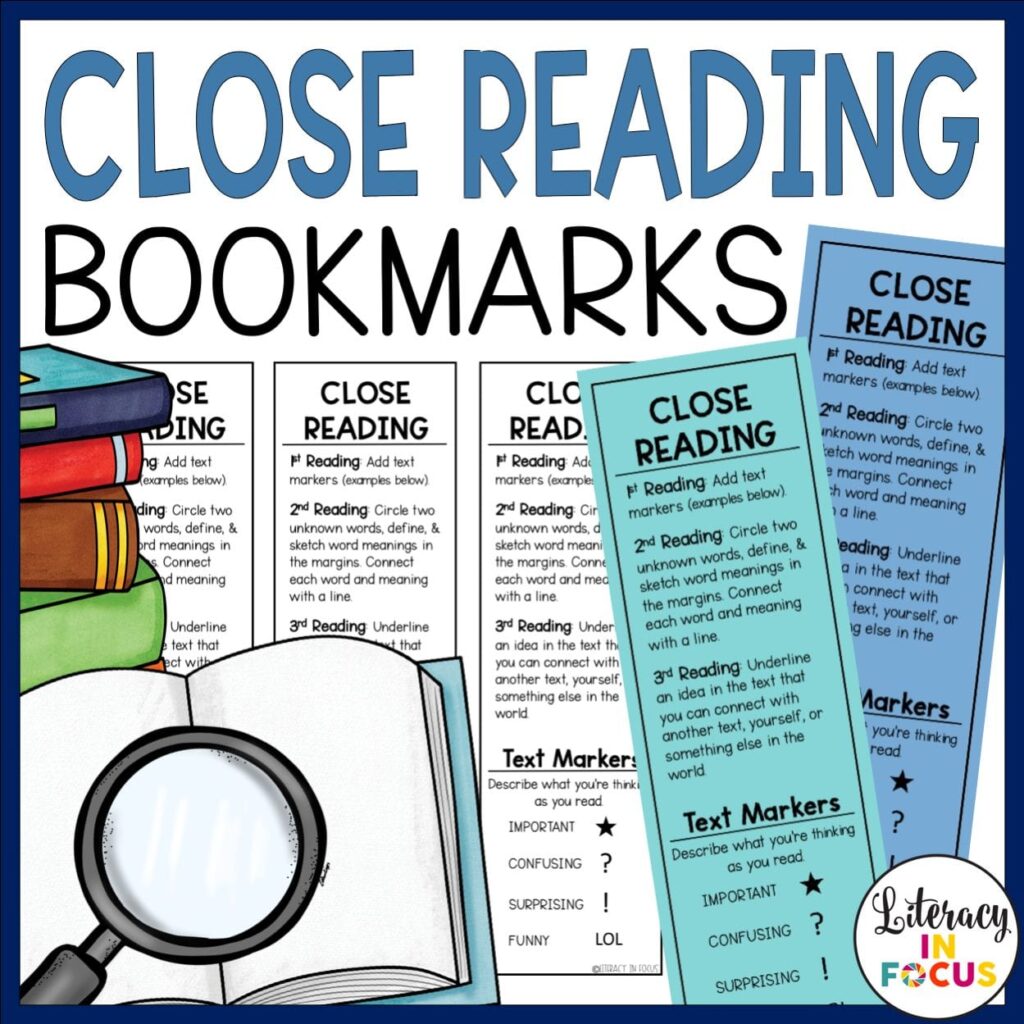
This simple tool is an excellent way to help students keep track of evidence as they read and prepares them for discussion or writing. On the left is an “as you read” bookmark at DOK 1, locating text features and describing the information that is contained in them. On the right is an open-ended template for use with a range of questions.
Turn & Talk Sentence Frames
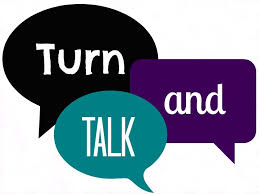
Every 12-15 minutes, students should be given a short amount of time to consolidate their learning. Here are four examples of conversation prompts teachers can give to help them do that.
Send-a-Question

This strategy promotes team building and concept review as well as explorations that are more open-ended. Students work in groups of 3 or 4. Each team “puts their heads together” for a few minutes to develop a question or problem for another team to answer, solve, or respond to. Before they send it to the next team, they must draft an acceptable response to their question…
Problem-Solving Carousel
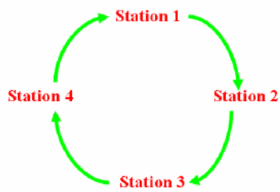
Each station has a different multi-step problem written on a large whiteboard or piece of chart paper. Groups are assigned to a station and begin working together to solve the problem written there. Time is called…
